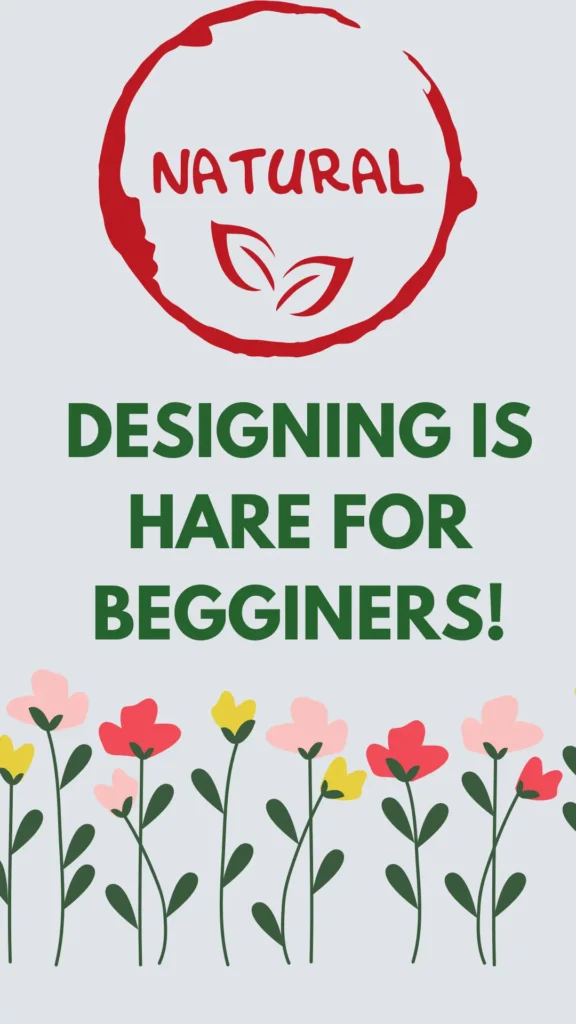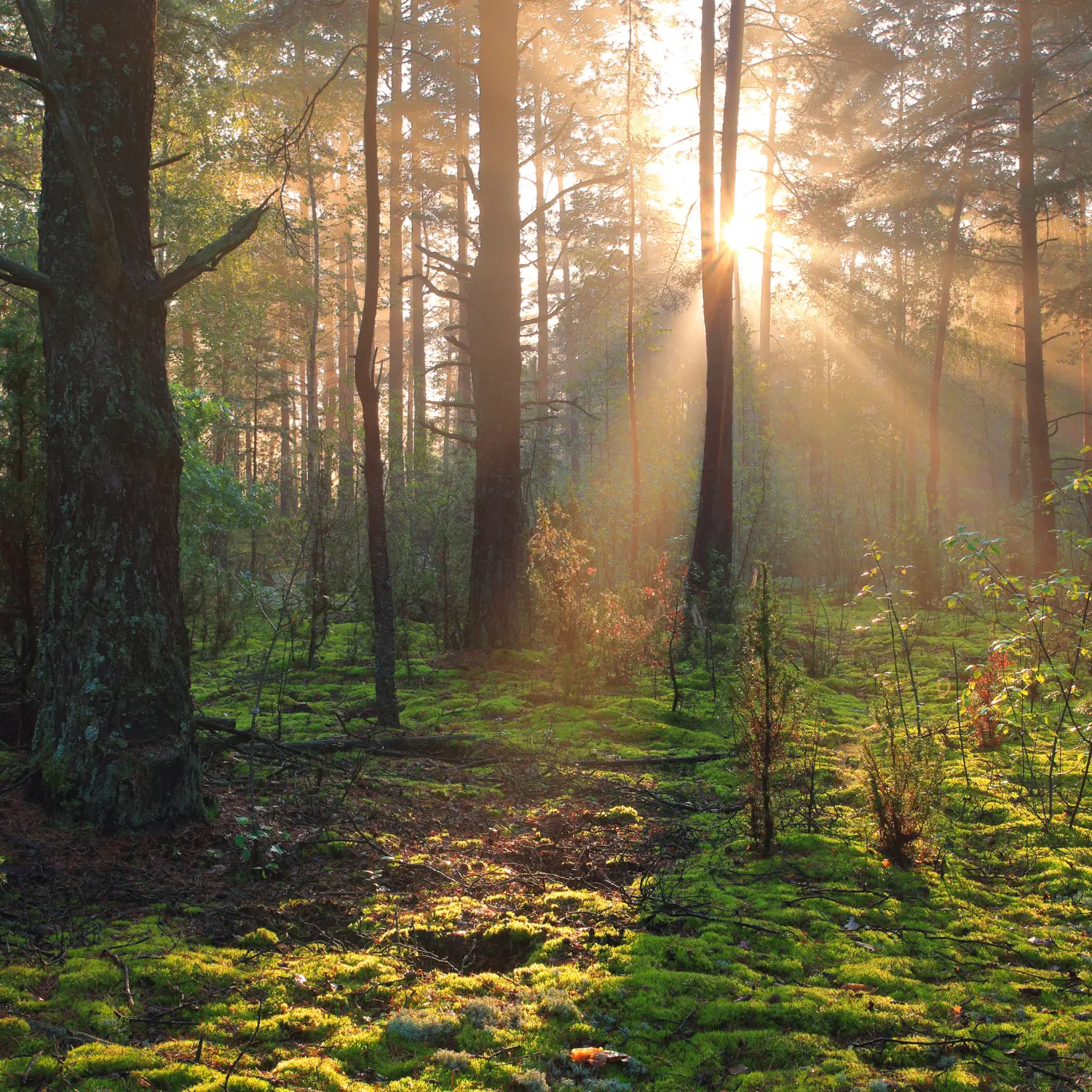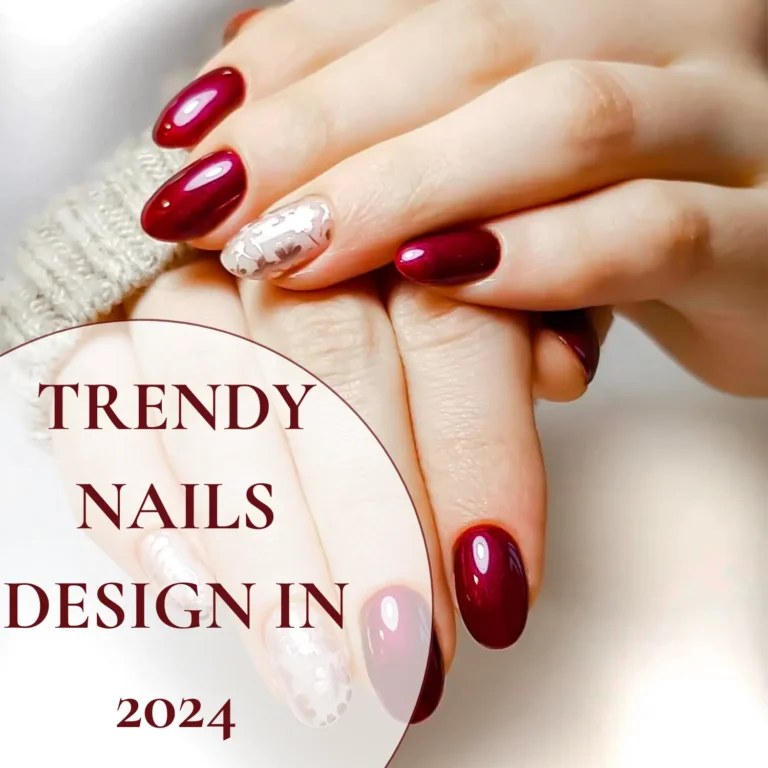Natural Designing for Beginners: Unleashing Creativity in Every Stroke
Welcome to the fascinating world of natural design! For beginners, this artistic journey is both enriching and liberating. Whether you’re a budding artist or someone looking to explore a new creative outlet, natural design opens doors to endless possibilities. In this article, we’ll delve into the essence of natural design, providing insights, tips, and inspiration to kickstart your creative endeavors.
Table of Contents
What is a natural design?
Natural design is a creative process that draws inspiration from the beauty of the natural world. It involves incorporating organic elements, harmonizing colors, and embracing simplicity to create visually appealing designs. The aim is to capture the essence of nature in every stroke, fostering a connection between art and the environment.
Importance of Natural Designing for Beginners
For beginners, natural designing offers a gentle introduction to the world of art. Its emphasis on simplicity and the use of nature’s elements make it accessible to those who might feel overwhelmed by more complex design styles. Moreover, the practice of natural designing promotes mindfulness, allowing beginners to find joy in the creative process itself.
Understanding Natural Designing
Embracing Simplicity
At the core of natural design lies the beauty of simplicity. Beginners are encouraged to start with uncomplicated shapes and forms, gradually incorporating more intricate details as their skills progress. This approach not only eases the learning curve but also allows artists to appreciate the elegance found in the simplest of designs.
Incorporating Nature’s Elements
Nature provides an abundant source of inspiration. From the graceful curves of leaves to the intricate patterns on a butterfly’s wings, incorporating these elements into your designs adds a touch of authenticity. Beginners can take a stroll in the park or explore their own backyards to gather inspiration for their next masterpiece.
Harmonizing Colors and Textures
Natural design often involves a careful selection of colors and textures to mimic the diversity found in nature. Experiment with earthy tones, muted greens, and soft browns to create a palette that resonates with the natural world. Additionally, consider incorporating different textures to add depth and interest to your designs.
Tools and Materials for Natural Designing
Eco-Friendly Supplies
In alignment with the ethos of natural design, opting for eco-friendly art supplies is a conscious choice. Look for recycled paper, biodegradable brushes, and non-toxic paints to minimize your environmental impact. Embracing sustainability in your artistic journey contributes to the overall harmony between art and nature.
Digital vs. Traditional Tools
Natural design can be pursued through traditional mediums like sketching and painting or using digital tools such as graphic design software. Each approach has its merits, and beginners should explore both to discover which aligns best with their preferences. Traditional tools provide a tactile experience, while digital tools offer precision and versatility.
Inspiration from Nature
Drawing from Landscapes
Nature’s landscapes offer a vast canvas of inspiration. Whether it’s the serene beauty of a mountain range or the rhythmic flow of a river, these natural wonders can serve as the backdrop for your designs. Capture the essence of these landscapes in your artwork, infusing them with your unique perspective.
Flora and Fauna: A Design Playground
Explore the intricate details of plants and animals for a rich source of design inspiration. The graceful curves of a fern leaf or the geometric patterns on a seashell can spark creativity. By observing the beauty in flora and fauna, beginners can create designs that celebrate the diversity of the natural world.
Basic Principles of Natural Designing
Balance and Symmetry
Maintaining balance and symmetry is key to creating visually appealing natural designs. Whether it’s a symmetrical representation of a leaf or a balanced composition of elements, these principles add a sense of harmony to your artwork. Experiment with different arrangements to find the perfect balance for your designs.
Flow and Movement
Natural designs often evoke a sense of flow and movement. Consider the way leaves fall from a tree or how water ripples in a pond. Incorporate these elements into your designs to create a dynamic and engaging visual experience. The seamless integration of flow and movement adds life to your artwork.
Step-by-Step Guide for Beginners
Sketching Your Ideas
Begin your natural design journey by sketching your ideas on paper. Start with simple shapes and gradually build on them as you gain confidence. Sketching allows you to explore different concepts and compositions before committing to a final design.
Adding Detail and Depth
Once you have a basic sketch, focus on adding details that enhance the overall appeal of your design. Consider the texture of the surfaces, the play of light and shadow, and the intricate patterns that define your subject. Adding depth to your artwork creates a more immersive experience for the viewer.
Experimenting with Colors
Choosing the right color palette is a crucial step in natural design. Experiment with different combinations to evoke specific moods or emotions. Consider the time of day or season that inspired your design, and use colors to convey the essence of that moment. Be bold in your choices, and let your creativity shine.
Exploring Natural Design Styles
Organic Patterns
Organic patterns, inspired by the natural world, add a unique flair to your designs. Whether it’s the repetition of leaf motifs or the intricate patterns found in tree bark, organic designs create a sense of unity and cohesion. Experiment with different patterns to discover your own signature style.
Nature-Inspired Typography
Typography can also be infused with natural elements. Experiment with fonts that mimic the curves and shapes found in nature. Consider incorporating botanical illustrations or subtle references to the natural world into your typography. This fusion of text and nature adds a distinctive touch to your designs.
Common Mistakes to Avoid
Overcomplicating Designs
While it’s tempting to showcase intricate details, beginners should avoid overcomplicating their designs. Start with simple concepts and gradually add complexity as your skills develop. A cluttered design can distract from the natural beauty you aim to capture.
Ignoring Sustainability
In the pursuit of artistic expression, it’s essential to consider the environmental impact of your materials. Avoid using harmful chemicals or non-recyclable materials. Embracing sustainability in your artistic practice not only benefits the planet but also aligns with the principles of natural design.
Showcasing Your Natural Designs
Building an Online Portfolio
In the digital age, building an online portfolio is a powerful way to showcase your natural designs. Create a website or use platforms like Instagram to share your artwork with a global audience. Engage with the online art community, seek feedback, and celebrate the progress of your artistic journey.
Engaging with the Design Community
Connect with fellow designers and artists who share a passion for natural design. Attend workshops, participate in online forums, and collaborate on projects. The design community provides valuable insights, constructive feedback, and a supportive environment for growth.
Benefits of Natural Design for Well-being
Stress Reduction
The meditative and mindful nature of natural design contributes to stress reduction. Engaging in the creative process allows beginners to disconnect from daily pressures and immerse themselves in the therapeutic world of art.
Connection with Nature
Natural design fosters a deeper connection with the natural world. As beginners explore the intricacies of plants, landscapes, and animals, they develop a heightened awareness and appreciation for the beauty that surrounds them.
Interview with a Natural Design Expert
To gain further insights into the world of natural design, we interviewed Jane Smith, a seasoned natural design expert with years of experience. Jane shared valuable tips for beginners, emphasizing the importance of experimentation and finding one’s unique artistic voice.
Success Stories of Natural Design Beginners
Real-life Experiences
Meet Sarah Johnson, a novice artist who discovered her passion for natural design. Through dedication and continuous learning, Sarah transformed her initial sketches into captivating designs that garnered attention and praise from the artistic community.
Overcoming Challenges
Natural designing comes with its own set of challenges, but success stories like Sarah’s highlight the resilience and determination of beginners. Overcoming challenges is an integral part of the creative journey, leading to personal and artistic growth.
Embracing Imperfections in Natural Design
Beauty in Flaws
Imperfections add character to natural designs. Embrace the beauty in flaws, whether it’s a slightly uneven line or an unexpected splash of color. These imperfections contribute to the authenticity of your artwork, making each piece uniquely yours.
Learning from Mistakes
Mistakes are opportunities to learn and refine your skills. Instead of viewing them as setbacks, see them as stepping stones to improvement. Natural design is a continuous learning process, and every mistake brings you closer to mastery.
Future Trends in Natural Design
Sustainable Practices
The future of natural design is closely tied to sustainable practices. As awareness of environmental issues grows, designers are increasingly incorporating eco-friendly materials and methods into their work. Sustainable practices not only benefit the planet but also resonate with the ethos of natural design.
Technological Integration
Advancements in technology are shaping the landscape of natural design. From digital tools that simulate traditional art techniques to augmented reality experiences that blend virtual and real-world elements, technology offers new avenues for creative exploration within the realm of natural design.
Conclusion
Embarking on the journey of natural design as a beginner is an exciting and fulfilling endeavor. The fusion of creativity with nature’s beauty creates a timeless appeal in every artwork. Remember, it’s not about perfection but the joy of expressing yourself through art. So, grab your tools, draw inspiration from the world around you, and let the magic of natural design unfold.
FAQs
Can I practice natural design without any artistic background?
Absolutely! Natural design is all about expressing creativity, and you don’t need a formal artistic background to start. Begin with simple sketches, observe nature, and let your instincts guide you. The more you practice, the more your skills will evolve.
What role does mindfulness play in natural design for beginners?
Mindfulness is crucial in natural design. It helps beginners focus on the present moment, fostering a deeper connection with their artistic process. By being mindful, you can truly immerse yourself in the creative journey and find joy in each stroke.
How can I overcome creative blocks in natural design?
Creative blocks are common, even for experienced designers. To overcome them, take a break, go for a nature walk, or explore new surroundings. Sometimes, inspiration strikes when you least expect it. Don’t force creativity; let it flow naturally.
Save this pin!








